SPECIALTY RAILROAD
Southern Railway of British Columbia moves over 65,000 carloads annually on a 125-mile network, connecting the Lower Mainland to four Class I railroads and supporting major automotive and forestry exports. SRY’s Annacis Rail Marine Terminal enables unique rail-barge service linking Vancouver Island to continental North America.
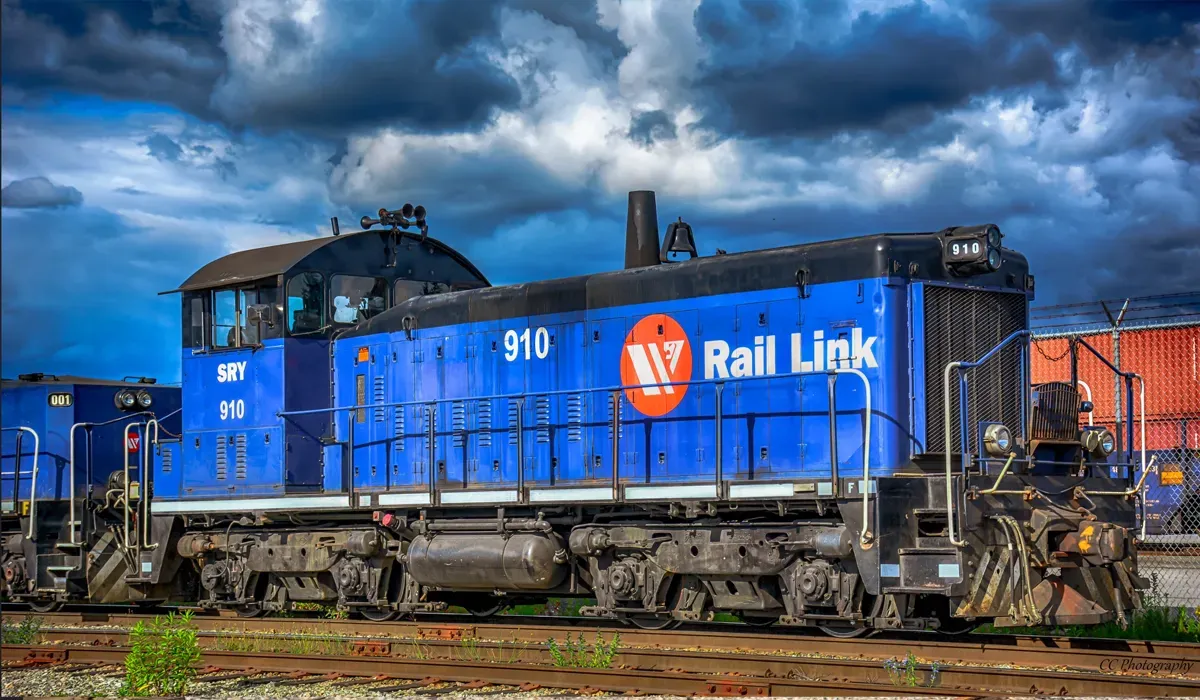

Southern Railway of British Columbia is a Canadian shortline railroad operating one of North America’s most extensive regional freight rail networks, connecting businesses across southwestern British Columbia with safe, efficient, and environmentally responsible transportation solutions. The network covers approximately 125 miles of track, primarily serving the Lower Mainland and Fraser Valley, and handles automotive, consumer goods, forest products, grain, industrial products, and project cargo..
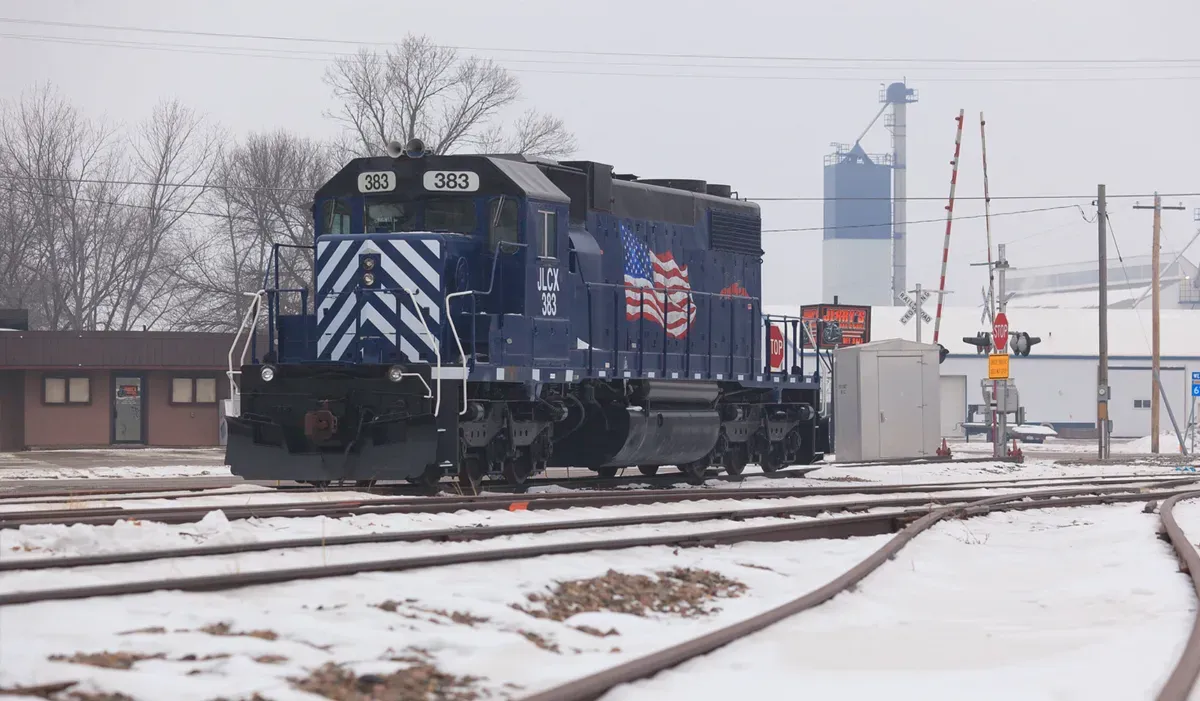
FOUNDING HISTORY & ORGANIZATIONAL STRUCTURE
Founded in 1989 as the successor to the British Columbia Electric Railway, SRY was established to provide regional freight service after the divestiture of BC Hydro’s rail assets. The company has not undergone major mergers but operates in close partnership with its sister company, Southern Railway of Vancouver Island..
HEADQUARTERS & OPERATIONAL BASES
The headquarters of Southern Railway of British Columbia is located at 2102 River Drive, New Westminster, British Columbia, V3M 6S3. This facility houses the executive offices, dispatch center, and primary administrative functions, serving as the operational hub for the company’s rail network..
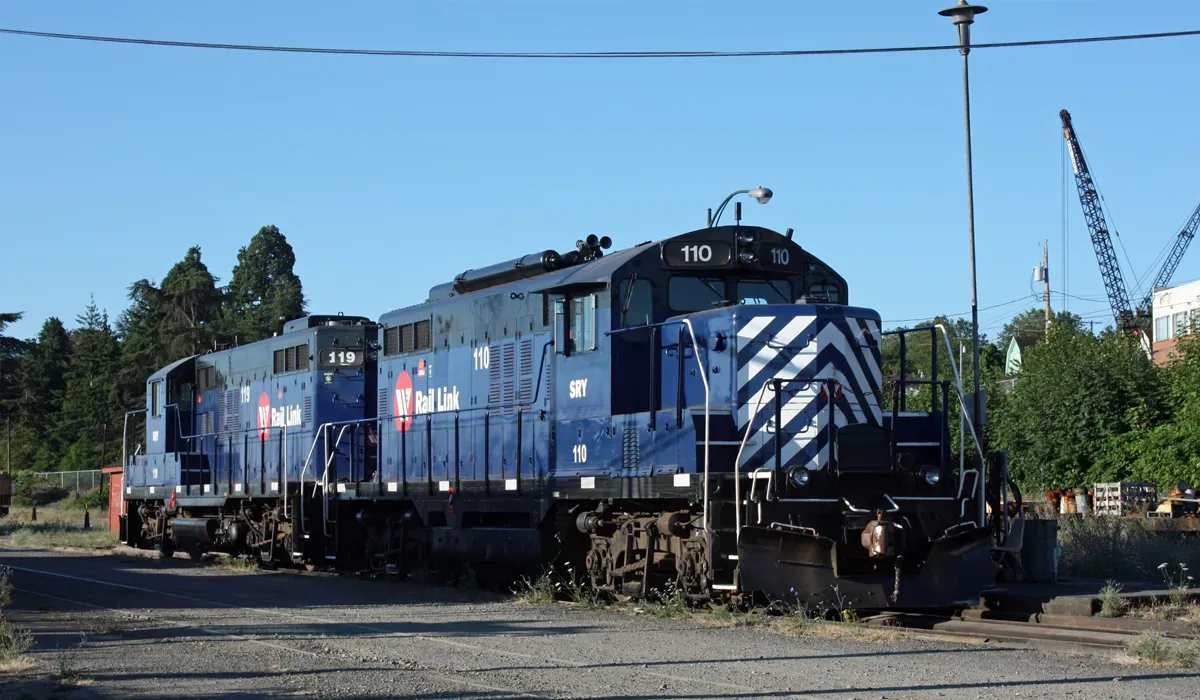
LEADERSHIP & EMPLOYEES
Kevin Poulin serves as President of Southern Railway of British Columbia. The executive team includes leaders in operations, finance, and customer service, each bringing extensive experience in rail logistics and regional transportation. The leadership team is focused on service excellence, operational safety, and building strong partnerships with customers and connecting carriers.
Southern Railway of British Columbia employs approximately 170 people, with a significant portion working as skilled craftspeople, maintenance workers, and service teams. The workforce is dedicated to safety and operational reliability, with a strong emphasis on community engagement and diversity in hiring.
FACILITIES & OPERATIONS
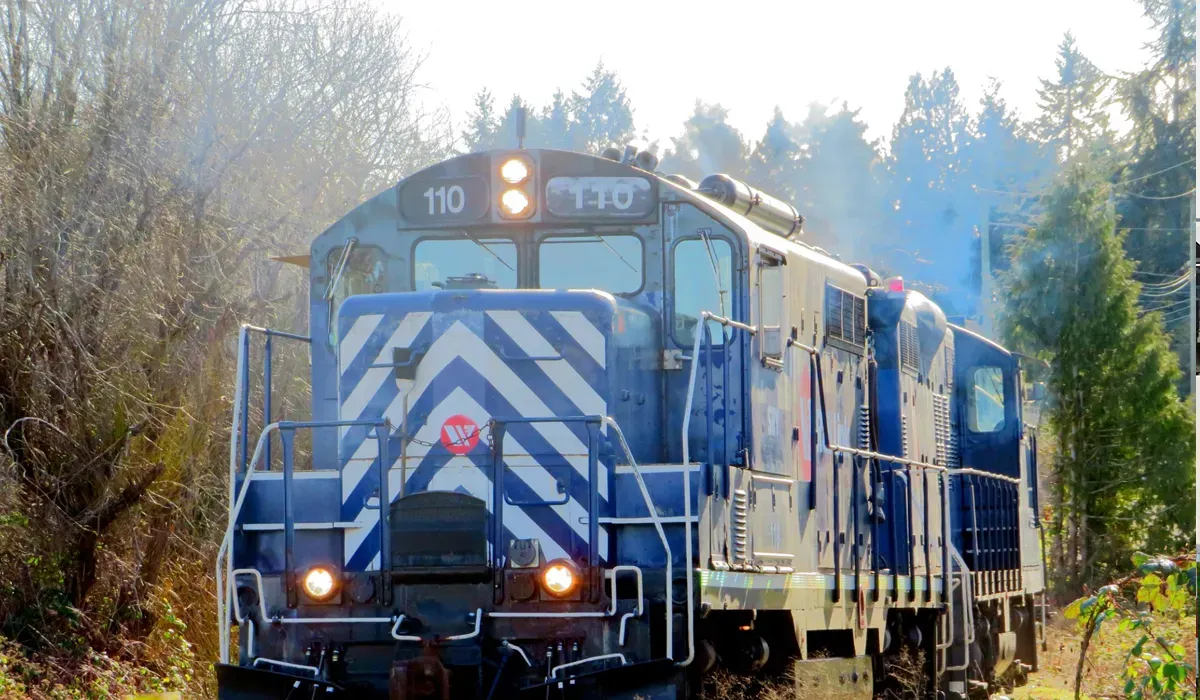
Major facilities include the Annacis Rail Marine Terminal in Delta, which is the primary gateway for rail-barge operations to Vancouver Island. Other key locations are the New Westminster headquarters and yard, the Fraser Valley Subdivision extending to Chilliwack, and several interchange points with Class I railroads in the Lower Mainland.

SRY maintains compliance with all Transport Canada and Federal Railroad Administration safety standards and has received recognition for its environmental stewardship. The company pursues ISO certifications and has been awarded for its safety record and community engagement initiatives.
EQUIPMENT & INFRASTRUCTURE
The railroad handles a variety of container types, including intermodal containers, boxcars, and tank cars. Its fleet includes approximately 2,000 railcars, with capacities tailored for automotive, forest products, grain, and industrial shipments.
SRY uses advanced technology platforms for real-time tracking, dispatch, and customer service. The company offers a digital customer portal, EDI integration, and automated systems for scheduling and shipment visibility, supporting seamless logistics management for clients.
The geographic scope of SRY covers southwestern British Columbia, primarily the Lower Mainland and Fraser Valley, with 125 miles of track and key corridors connecting to Vancouver, Delta, and Chilliwack. The Annacis Rail Marine Terminal extends service to Vancouver Island via rail-barge.
Strategic partnerships include interchanges with Canadian Pacific Kansas City, Canadian National, BNSF Railway, and Union Pacific, providing access to North American markets. SRY also partners with Blue Water Rail Services for terminal operations and logistics support.
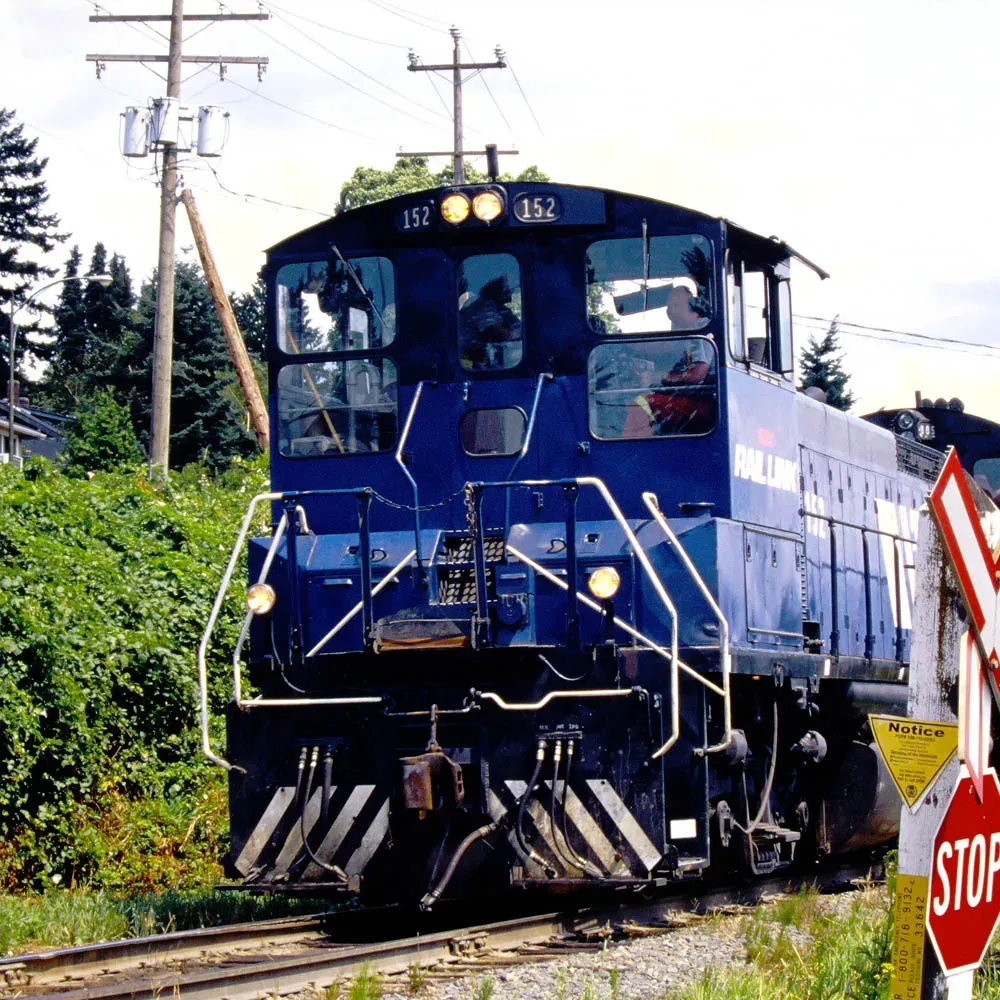
FINANCIAL METRICS & STABILITY
In 2024, Southern Railway of British Columbia reported a pre-tax profit of approximately $12 million on revenues of $65 million. The company’s operating ratio improved to 78 percent, reflecting enhanced operational efficiency.
Recent capital investments include upgrades to the Annacis Rail Marine Terminal and expansion of locomotive and railcar fleets, totaling over $10 million in the past two years. SRY has not made major acquisitions but continues to invest in infrastructure and technology.
SERVICE PORTFOLIO

Southern Railway of British Columbia offers a range of logistics services, including full container load and less than container load shipments. Additional services include customs brokerage, trade compliance consulting, cargo insurance, and specialized project cargo handling for automotive and forestry sectors.

SRY has launched a new customer portal to enhance self-service capabilities and improve day-to-day activities for its clients. Additionally, the company offers an API Center to facilitate seamless integration with customer systems, supporting real-time shipment tracking and electronic documentation.
INDUSTRY REPUTATION & NEWS
Recently, SRY has implemented automated obstacle scanners at its hubs and loading parks to improve safety and efficiency in handling intermodal containers. The company is also expanding its digital offerings and investing in locomotive upgrades to reduce emissions and enhance reliability.
SRY’s Site Certification Program has identified optimal rail-served sites and conducts in-depth reviews to ensure readiness for development. This program aims to minimize development risks for customers and enhance supply chain efficiency, earning recognition from industry partners.
ANALYSIS & FUTURE OUTLOOK